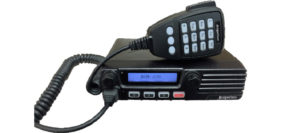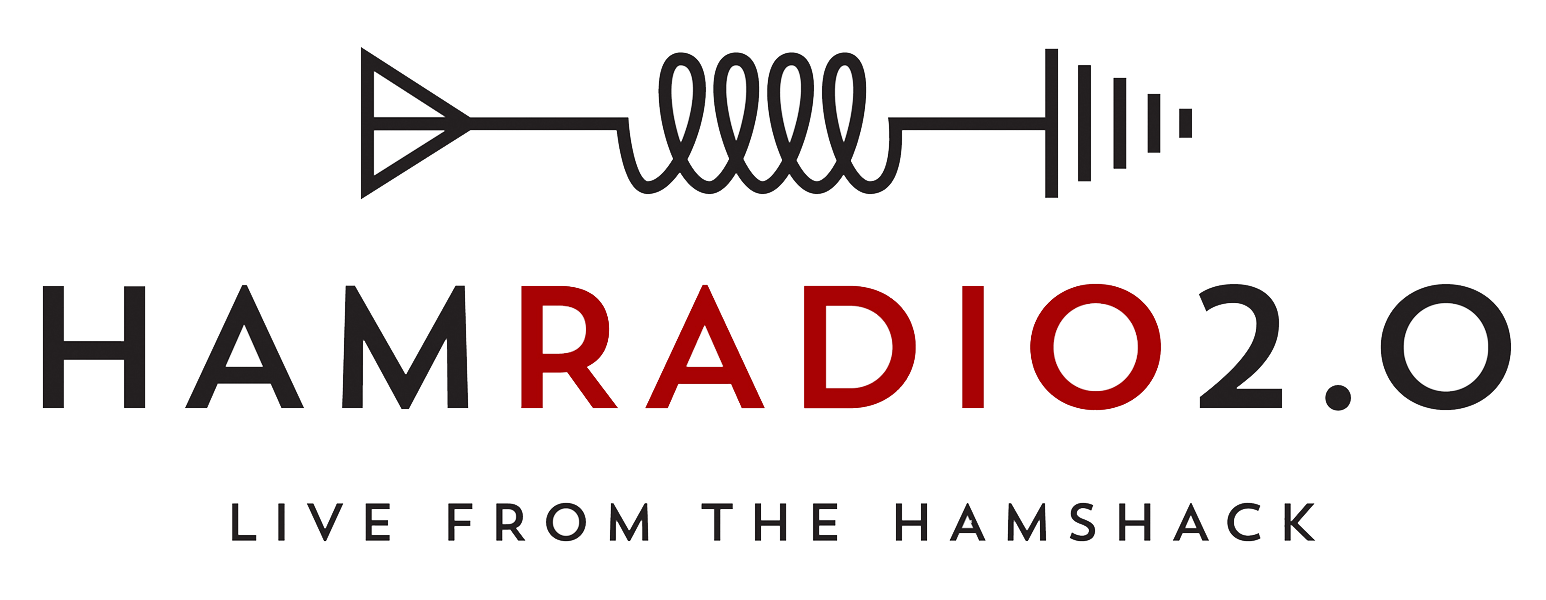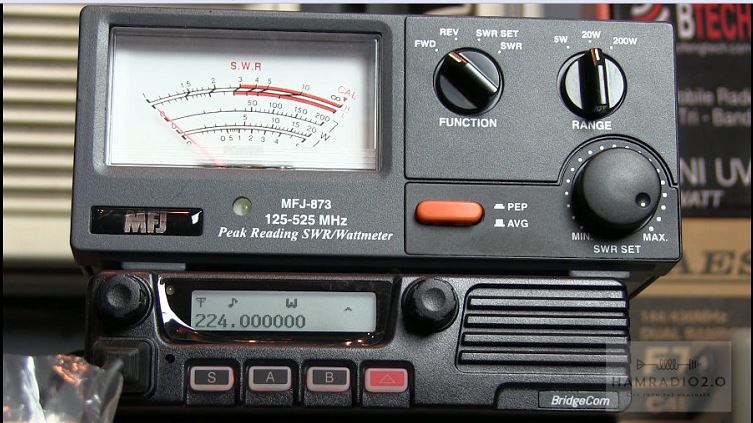BridgeCom BCM-220
Tim and Ron over at BridgeCom Systems have done another great piece of work with the BridgeCom BCM-220  Mobile Radio for the 1.25-meter Amateur Band. This video below is an unboxing and testing of that radio.
Mobile Radio for the 1.25-meter Amateur Band. This video below is an unboxing and testing of that radio.
The first thing to notice about this radio is it’s commercial-style design. Sporting a front-facing speaker eliminates the need for an external speaker, to replace the in-radio speaker, which is often found in the top or bottom of the radio. With this radio, the front-facing speaker makes it easier to hear the received audio from the frequency to where you are tuned.
This radio would make a great addition to any shack or mobile station wanting to incorporate 220MHz. Watch the video below for more details.



You could do a much better review if you examined the radio and programming before you shoot the video. Then you would get more information out in less time, and have time to mention other things going on in amateur radio. I’m going to guess that you don’t like Fusion, yet it has constantly improved over time. Fusion is my favorite mode, and I have several Dstar radios, and I had DMR long enough to not care for the politics of it. I used Dstar for a couple of years, and I was one of the Hams that referred to Fusion as Confusion. Then one day I heard my club bought a Fusion repeater, and several club members bought Fusion radios. I took a look at the Fusion radio lineup and I noticed Yaesu was offering the radios with nice rebates. I bought my first Fusion radio, and FTM-100D, and it was easily the best bargain in amateur radio at $319.00. Even if you don’t like Fusion, as a duel band radio it is a beauty. It has a very nice display that is easy to read. I has built in GPS, and can do APRS with a built in modem. It comes with a separation cable for the head, and the microphone is easily extended with a short ethernet cable. After a short time of using that radio, and experiencing where Fusion is today, I loved it. WiresX works really well. The radio is by far easier to program than Dstar, and DMR. In fact, it programs just like it always did, that’s because Yaesu put all the Fusion and Fusion control on the back end of things. There is a button dedicated to taking the radio into WiresX, but as far as programming goes, you program it just like you always programmed a Duel band radio, What’s wrong with your attitude regarding Fusion is that you are not giving it a chance to prove itself. I now own the FT-991, a second FTM-100D, and a ft2 hT, all Fusion radios. All were at bargain prices, but now that I experienced them, I have no problem paying full price for my next Fusion radio, whenever that happens. I have not talked on Dtar for more than 10 minutes in the last couple of months. I have talked to Hams all over the world on Fusion and WiresX. Fusion has by far some of the best audio in amateur radio. I hear that P25 is a great sounding mode, but it is not a amateur product, it is repurposed commercial gear.
Thanks for the Ham Radio 2.0, I will keep watching them for hope that they get even better with time.
Have you ever considered reviewing an FTM-100D, but only after you played with it for a few days? I can’t see how you would not like it.
Hi Joe, thanks for commenting.
This video is aptly named as an “Unboxing” video because that is exactly what I did. I’ve done other videos of radios where I tested with them first, and then did the review – but with Unboxing videos, I shoot the video right when I get the radio.
I never said I didn’t like Fusion, in fact I already did a video of the FTM-100DR, and I am planning an upcoming video of the radio connected to a WIRES-x HRI-200 box while doing some QSOs. I am looking forward to that video, the reason I’ve not done it yet is because my HRI-200 box didn’t come with the correct interface cables. I didn’t know these cables were supposed to be included, so it was a while before I contacted the vendor and Yaesu both – told them my HRI-200 box was missing the interface cables – but both of them said “too bad, you will have to buy them” So…I will buy them, but why would I talk-up Yaesu or Fusion with customer service like that?
Another thing they did was LIE to several radio clubs in this area, telling them that the DR-1X Fusion repeater was WIRES-x compatible. Upon them releasing the final updates for this interface, it was discovered that the repeater actually needed to be shipped back to Yaesu, at the club’s expense, and they would update hardware inside of the repeater so that it would work with WIRES-x. Again, terrible customer service.
Fusion sounds just like DMR, so you are correct, it is great audio. It is probably the best sounding digital audio available to Amateurs today. DMR is a commercial, worldwide ETSI standard, used in countries all over the world. I’ve talked to many other Amateurs from around the globe, not just over in Japan where Fusion is used.
If you compare the 2, both have advantages and disadvantages. Fusion is more expensive, and not a worldwide standard. DMR radios are all monoband (right now) and harder to program, but I also find it ironic that lots of people want to use the computer to program their Baofeng analog radios, but when it comes to DMR, everyone complains you can’t do it from the face. Nothing wrong with that, I just find it oddly fascinating.
Anyway, I am planning to do some more videos with Fusion. I do like the technology and it is growing in popularity, although not as much as DMR, but still it is a useful mode. I’m looking forward to seeing it work on video. There is also a DMR talkgroup that is connected to a Fusion room that I am going to try tinkering with at some point.
73
Jason